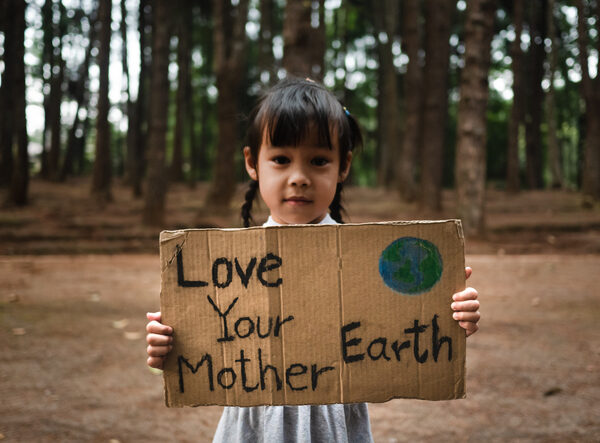Climate change could impact on pregnancy and baby birth weight

Researchers from Curtin University have found a possible link between a person’s outdoor heat or cold (biothermal) stress during pregnancy and high or low birth weights for gestational age.
The researchers looked at more than 385,000 pregnancies in Western Australia between 2000 and 2015, from 12 weeks prior to conception until birth, including 9.8 per cent of children who were born too small for gestational age, and 9.9 per cent of children who were large for gestational age.
They used the Universal Thermal Climate Index (UTCI), a modern composite biothermal tool that describes a person’s physiological response to the thermal environment. It is the first study to use the UTCI to measure bioclimatic exposure before and during pregnancy and the risks of being born too small or large for gestational age.
Given that a baby’s size at birth is strongly associated with mortality risk during the first year, with developmental problems in childhood and the risk of various diseases in adulthood, the research will be of interest to those in early childhood education and care (ECEC) and associated fields.
Researchers found that exposure to extreme biothermal exposures — 1st percentile (cold stress) and 99th percentile (heat stress), as compared to the median (no thermal stress), seemed to be most associated with changes in birthweight for gestational age.
The average biothermal exposure was between 8.1 and 30.0 degrees Celsius, a range that indicated slight cold stress and moderate heat stress on the UTCI scale.
Study lead Dr Sylvester Dodzi Nyadanu said this was especially true during particular stages of pregnancy.
“These findings support our concerns that the risk of having a baby too small or large for its gestational age appears to increase with exposure to environmental conditions that cause biothermal stress in the latter stages of pregnancy,” he said.
“We also found other subpopulations were at higher risk of abnormal fetal growth due to exposure to biothermal stress, including non-Caucasian people, male births, pregnancies in those aged 35 and above, those in rural areas, and those who smoked during pregnancy.”
The study, he continued, is part of growing evidence of climate change’s threat to reproductive health by exacerbating heat or cold waves, vector-borne diseases, natural disasters such as cyclones, floods, droughts and wildfires, food and water insecurity and altering many natural and social environments which are worsening existing health challenges.
“Our research adds to the growing collection of observational studies reporting on maternal exposure to ambient temperature and pregnancy outcomes such as pregnancy complications, preterm birth, stillbirth, and low birth weight,” Dr Nyadanu said.
“There needs to be further studies into what interventions will achieve better results for parents and babies – especially in the specific vulnerable subpopulations identified in our study.”
‘Critical windows of maternal exposure to biothermal stress and birth weight for gestational age in Western Australia’ was published in Environmental Health Perspectives.
Popular

Policy
Practice
Provider
Quality
Research
Workforce
Beyond the headlines: celebrating educators and the power of positive relationships in early learning
2025-07-07 10:00:24
by Fiona Alston

Workforce
Policy
Quality
Practice
Provider
Research
ECEC must change now, our children can’t wait for another inquiry
2025-07-02 07:47:14
by Fiona Alston

Workforce
Quality
Practice
Provider
Research
Beyond the finish line: Championing child protection one marathon at a time
2025-07-08 09:15:32
by Fiona Alston













